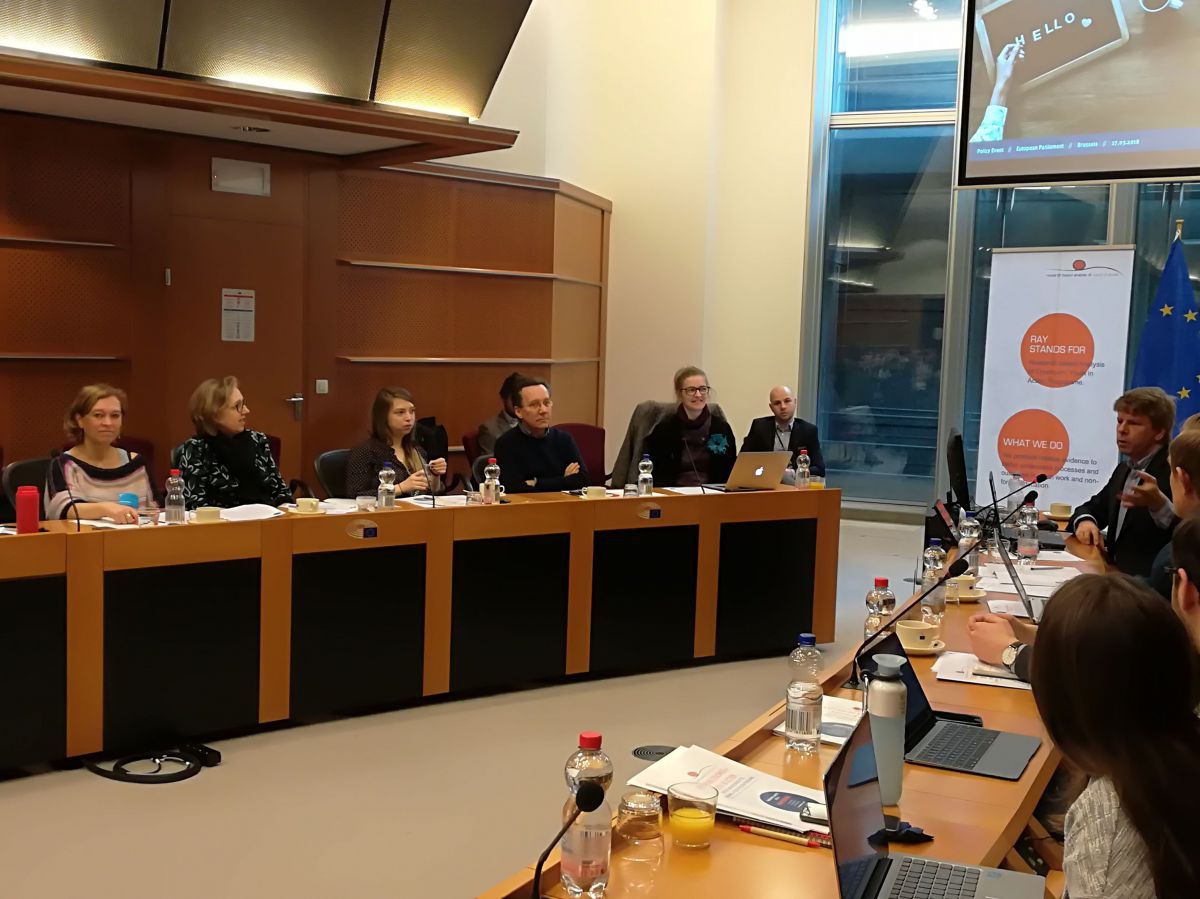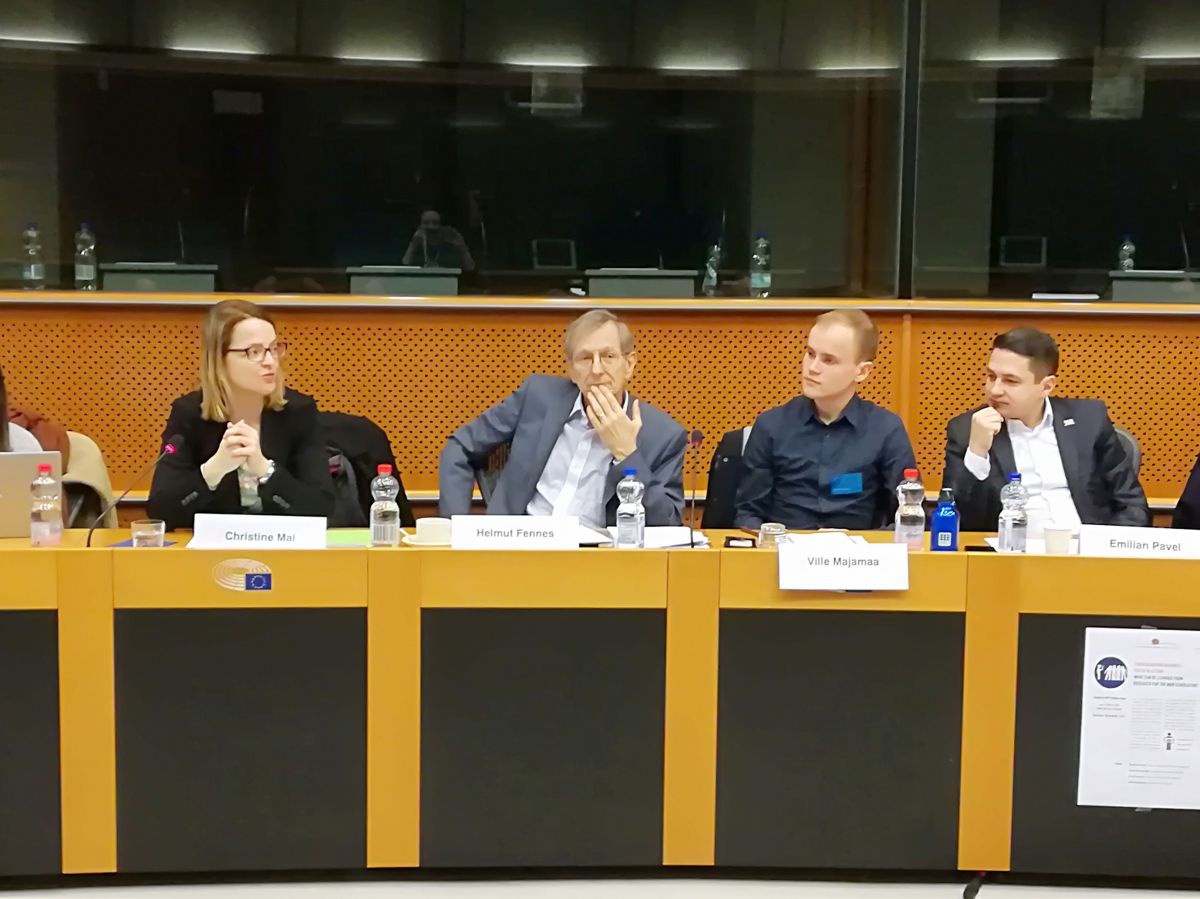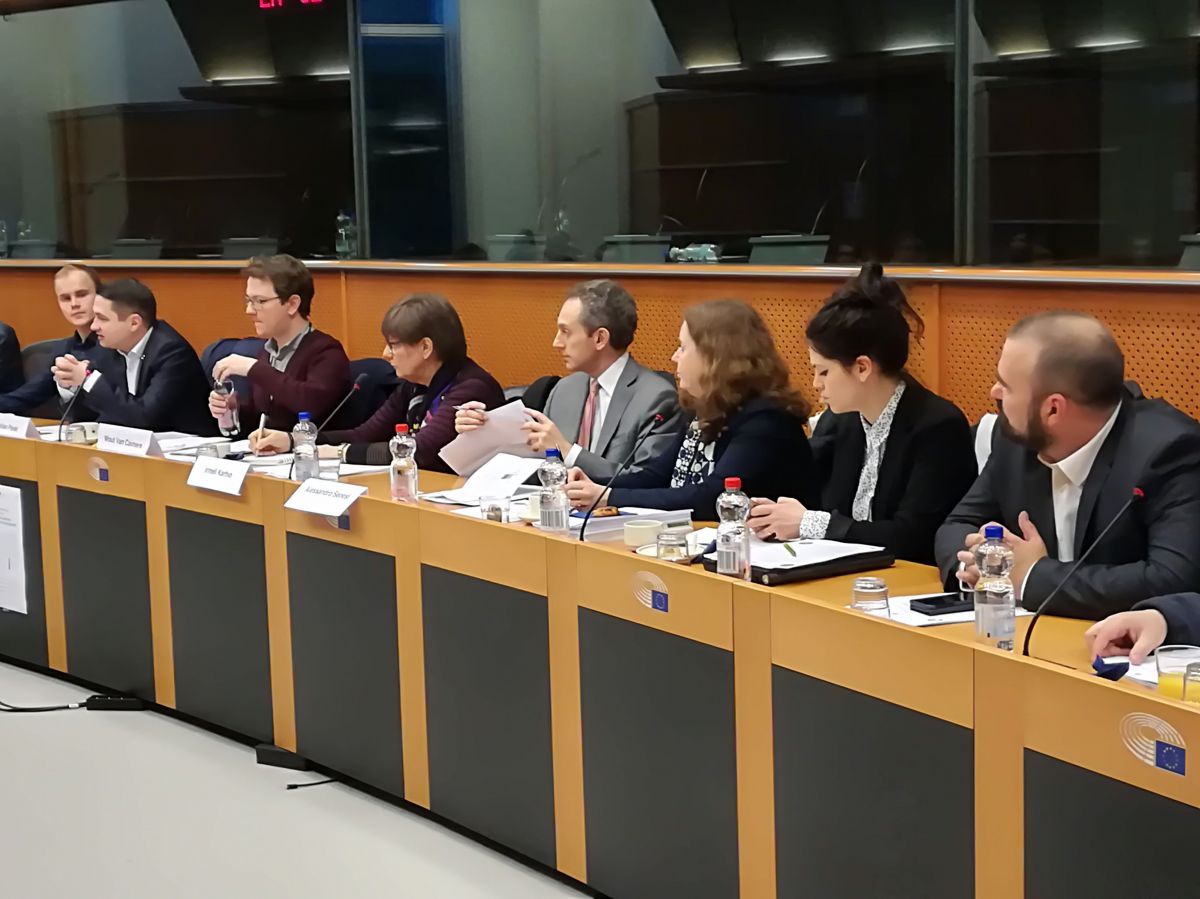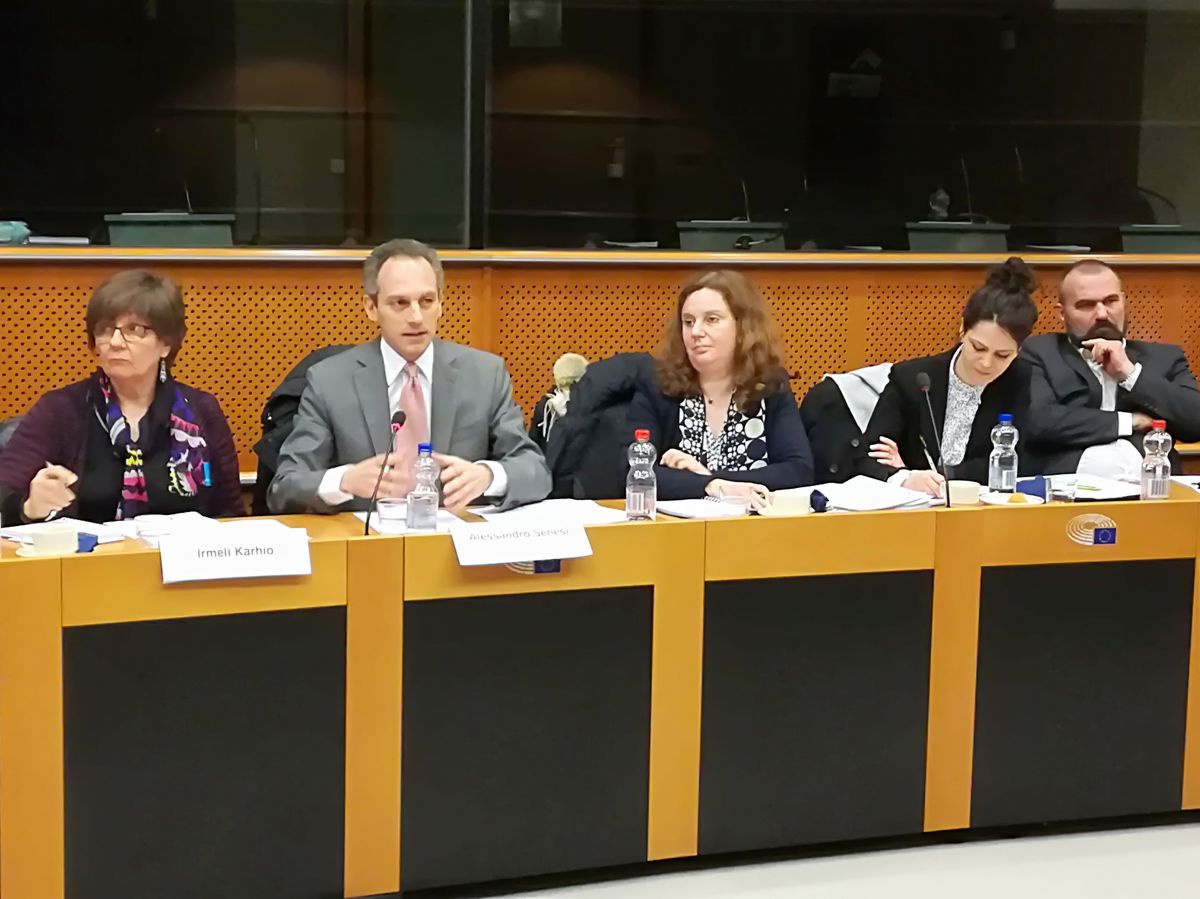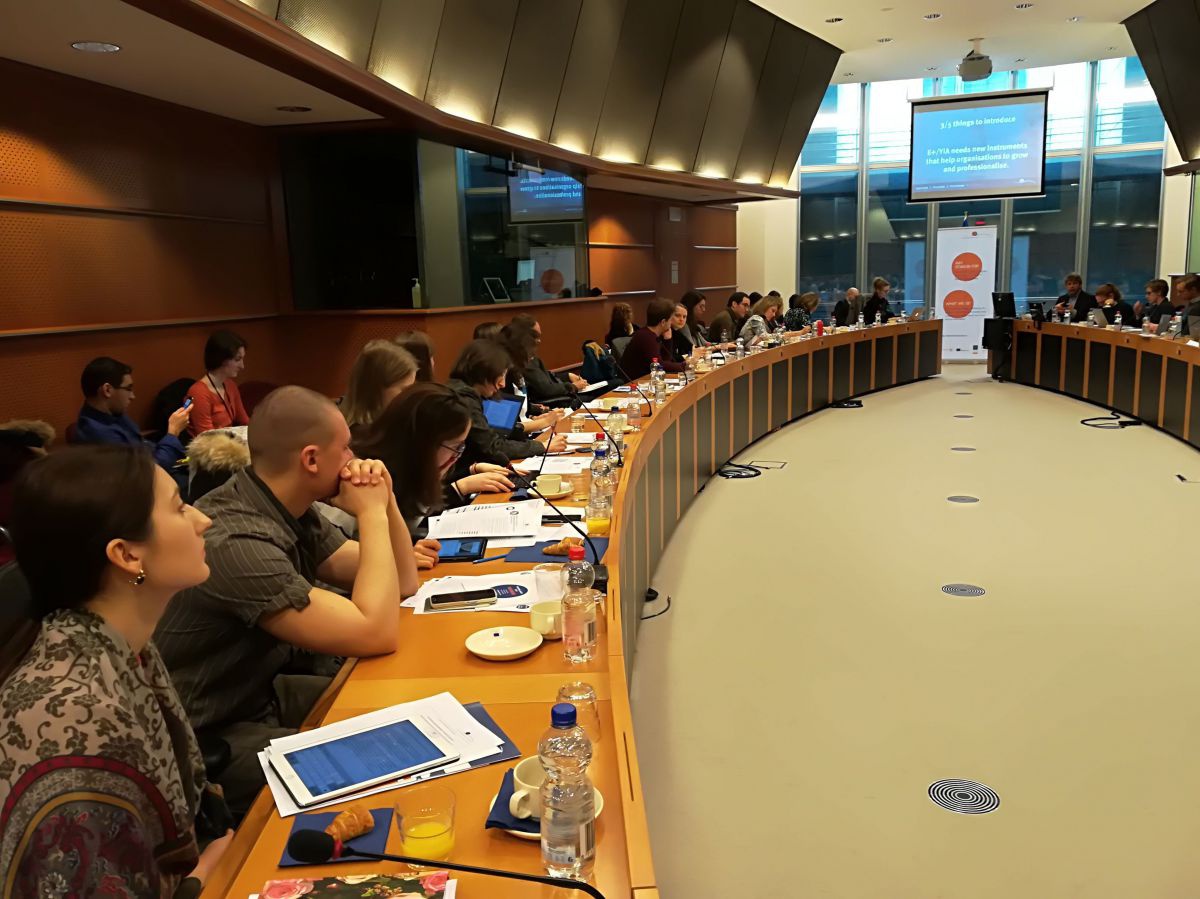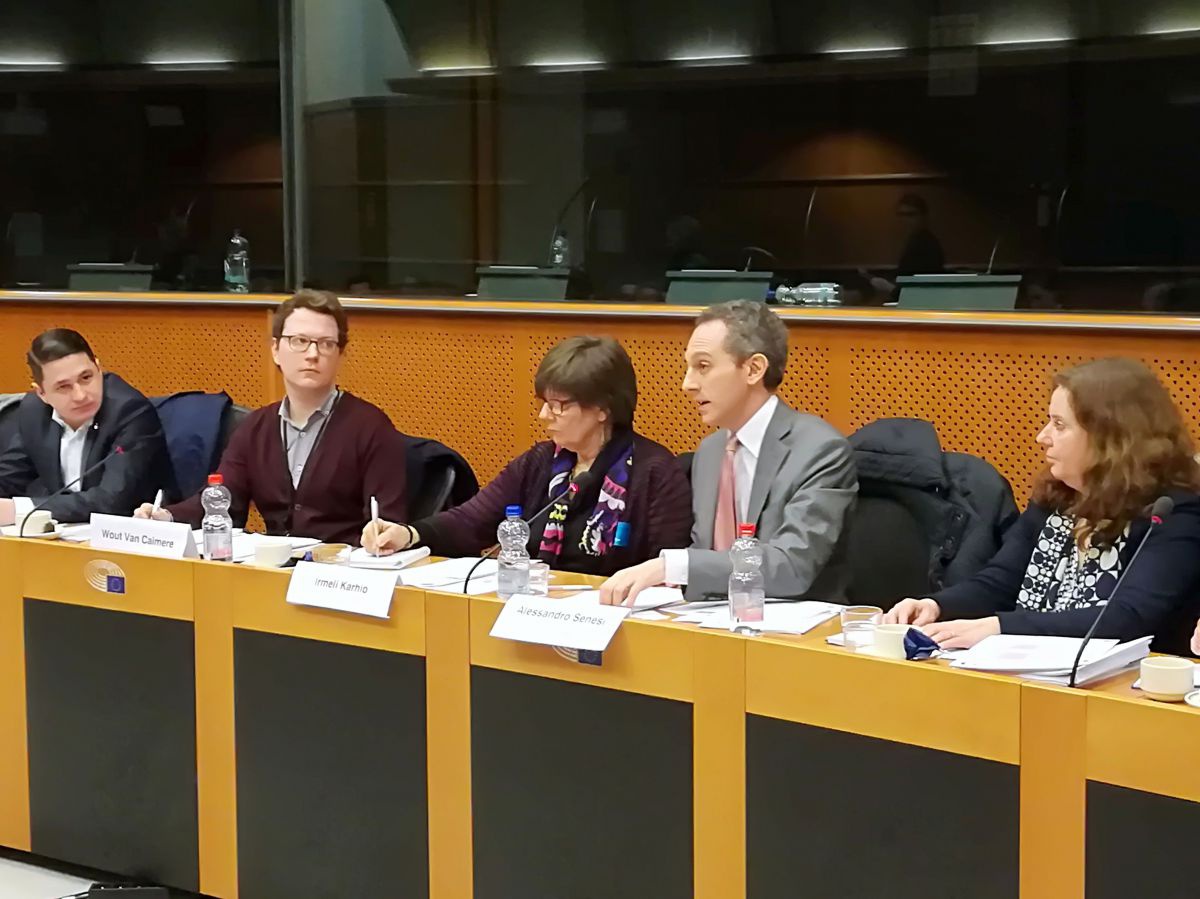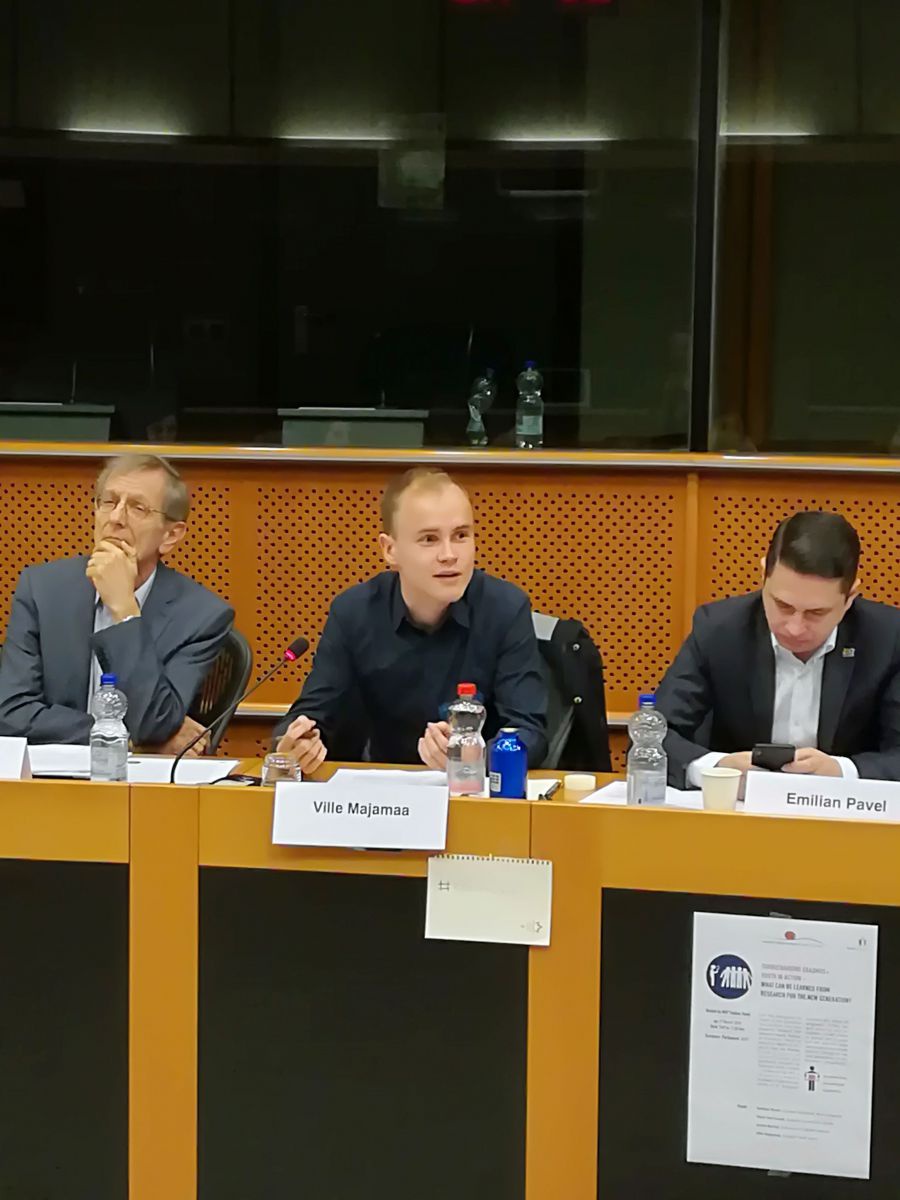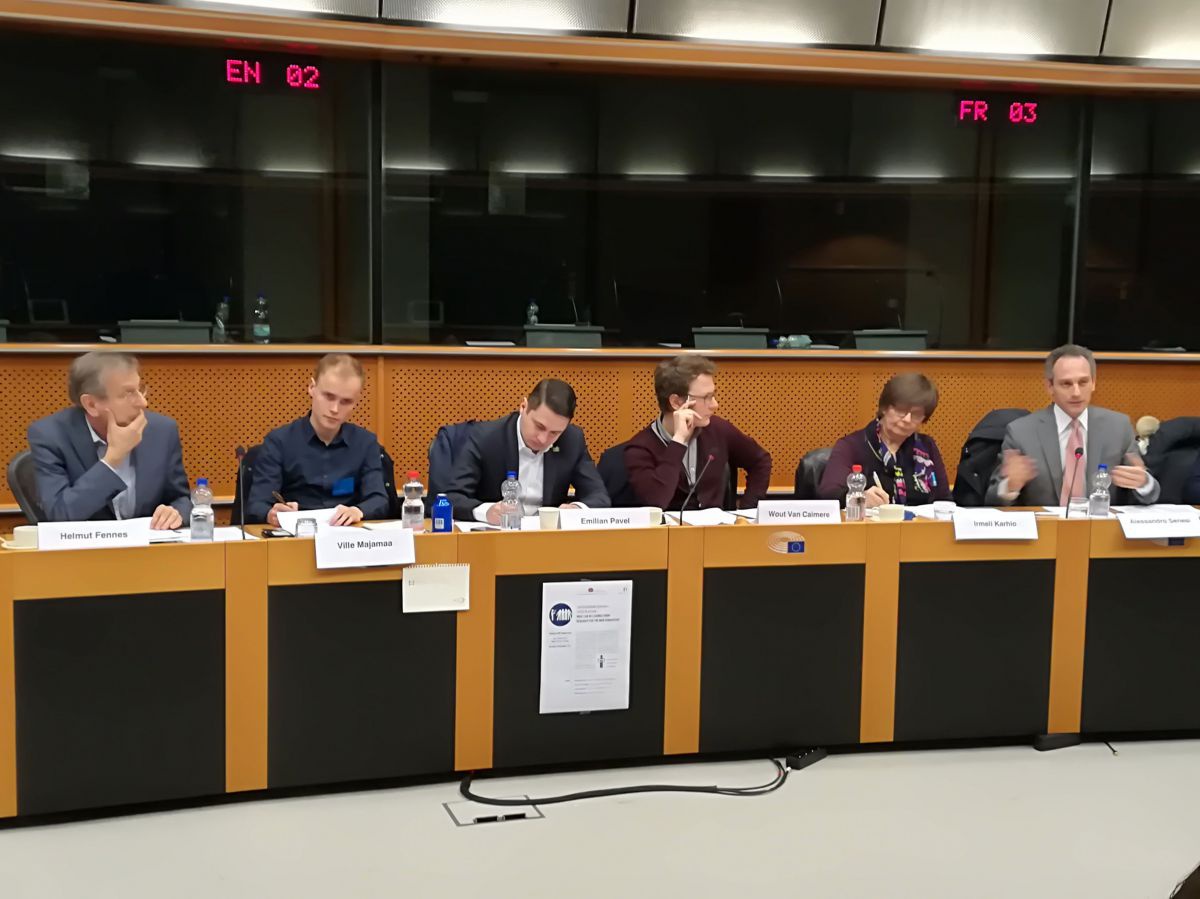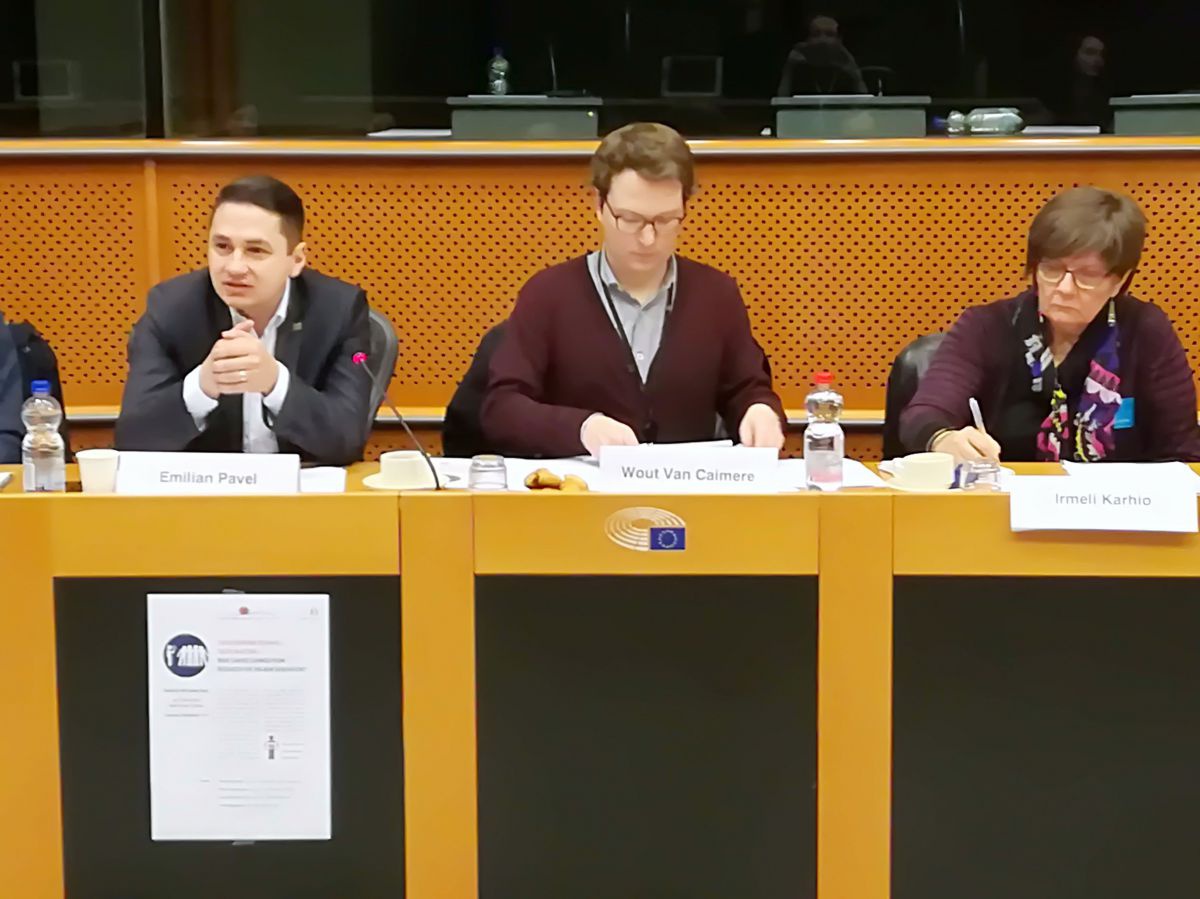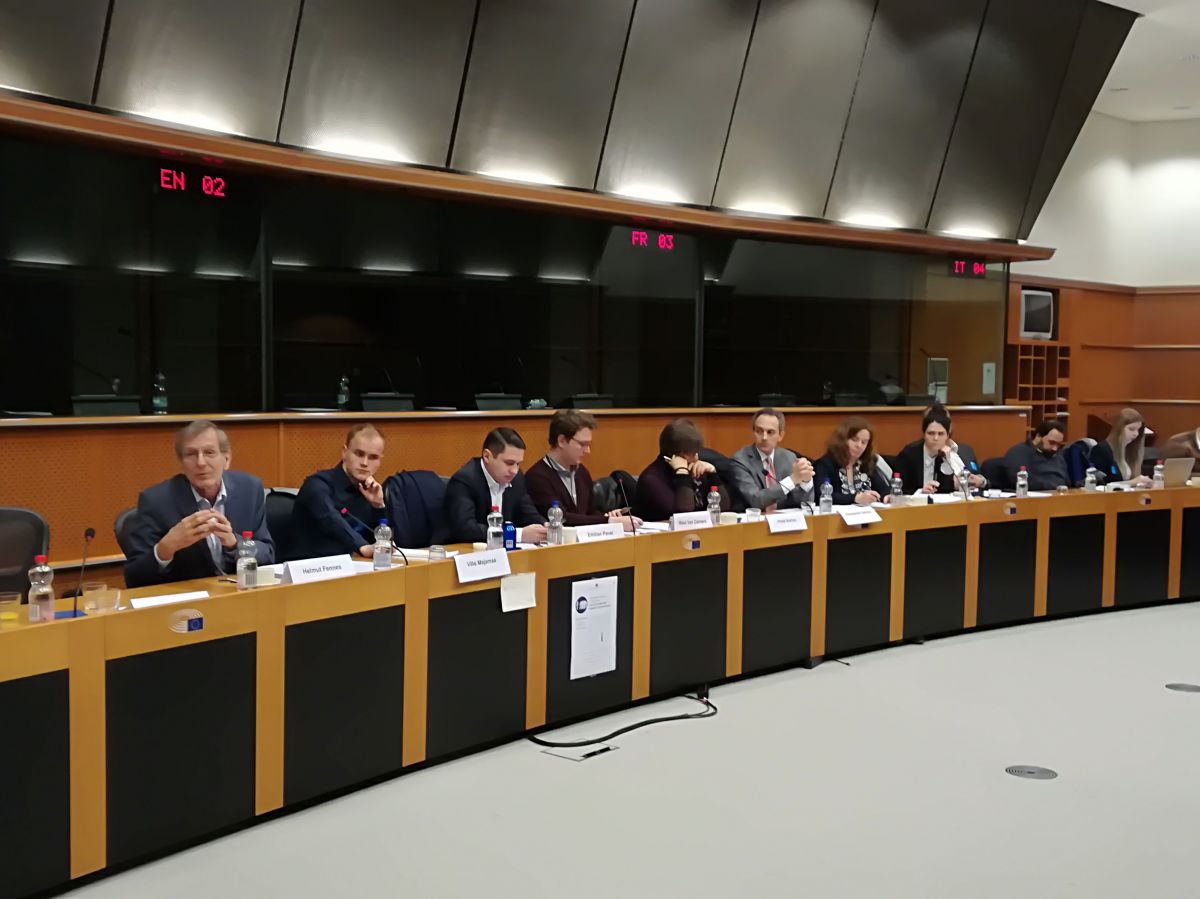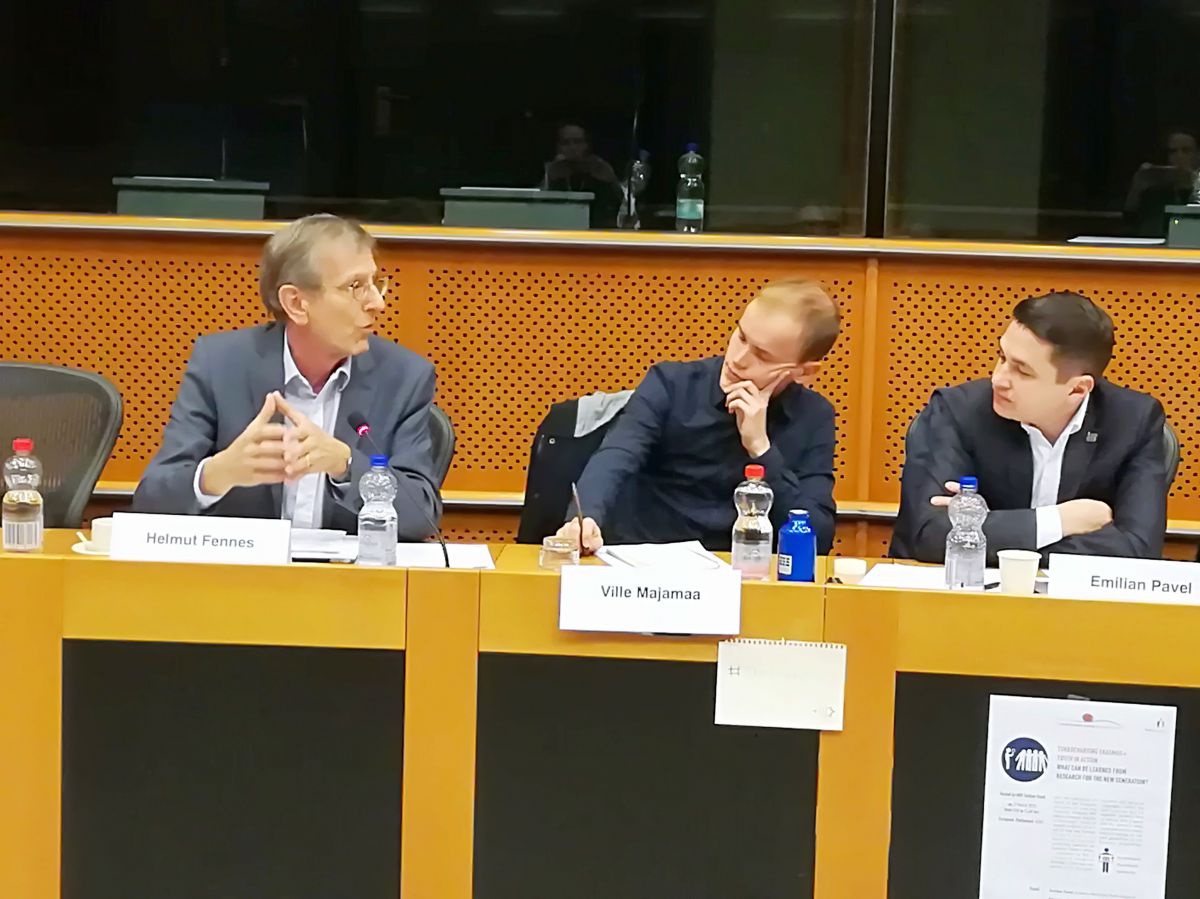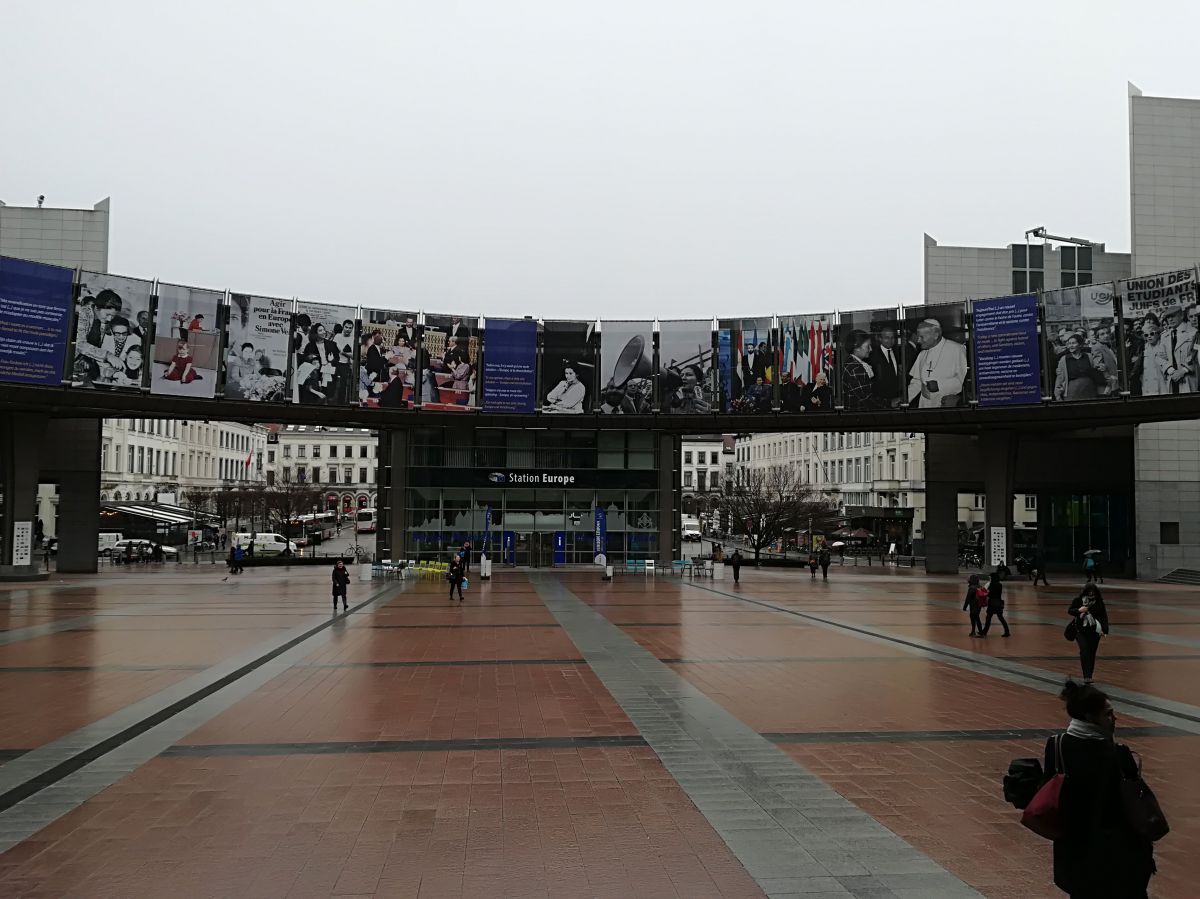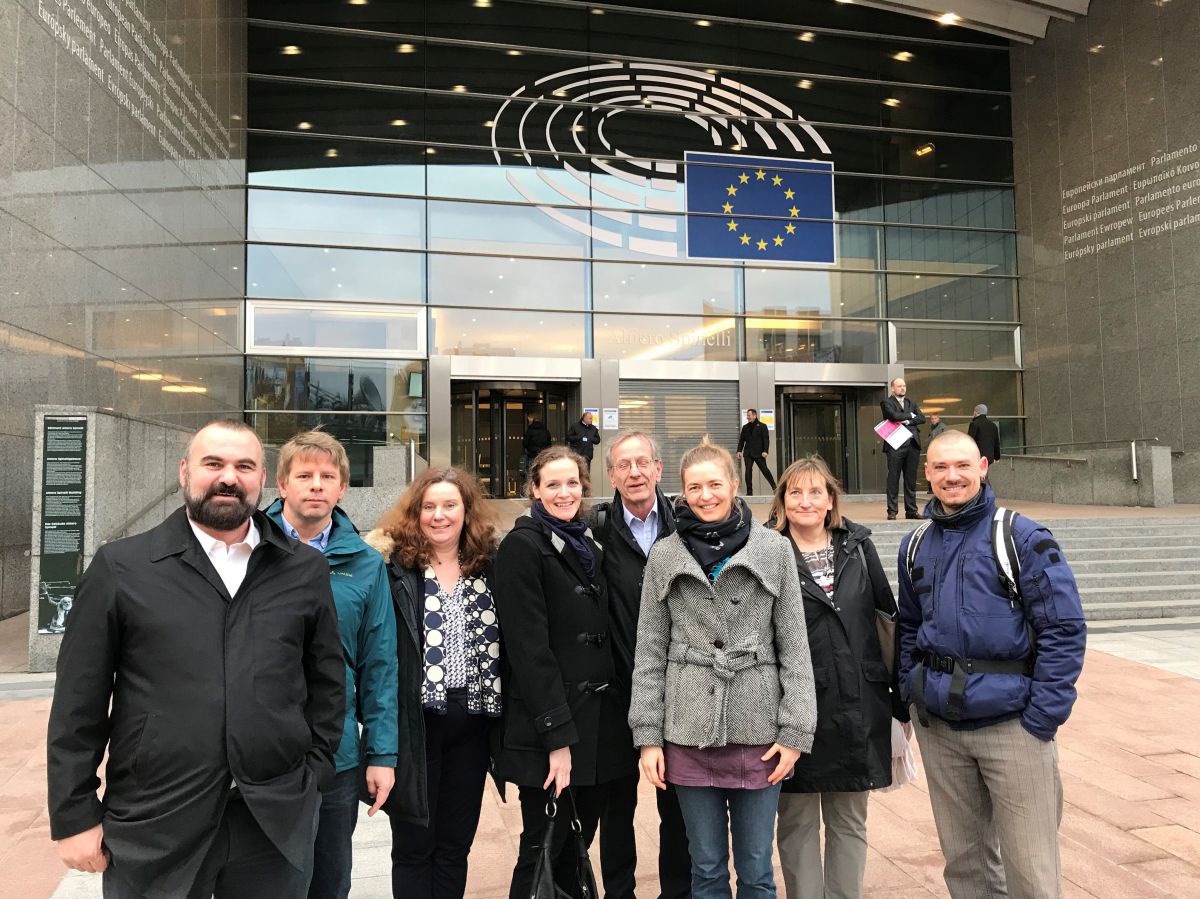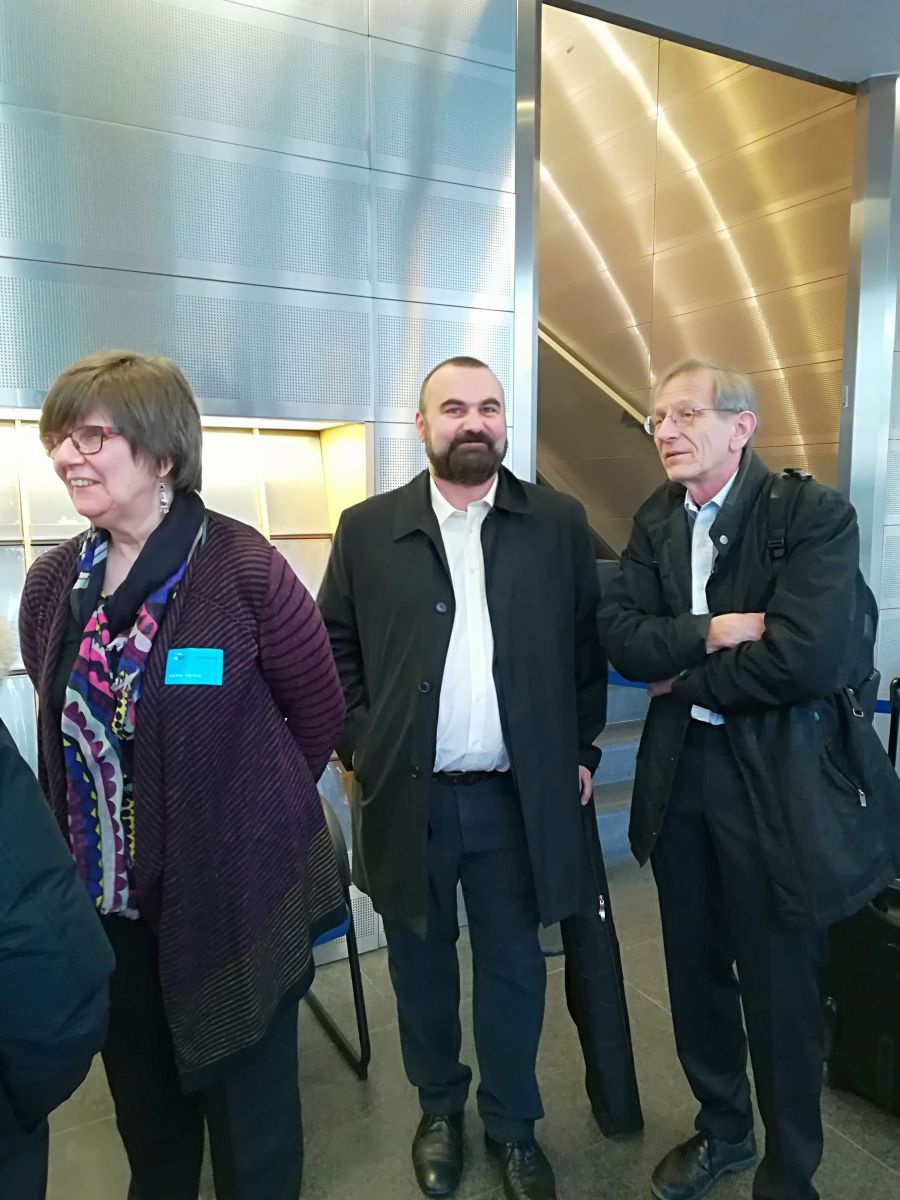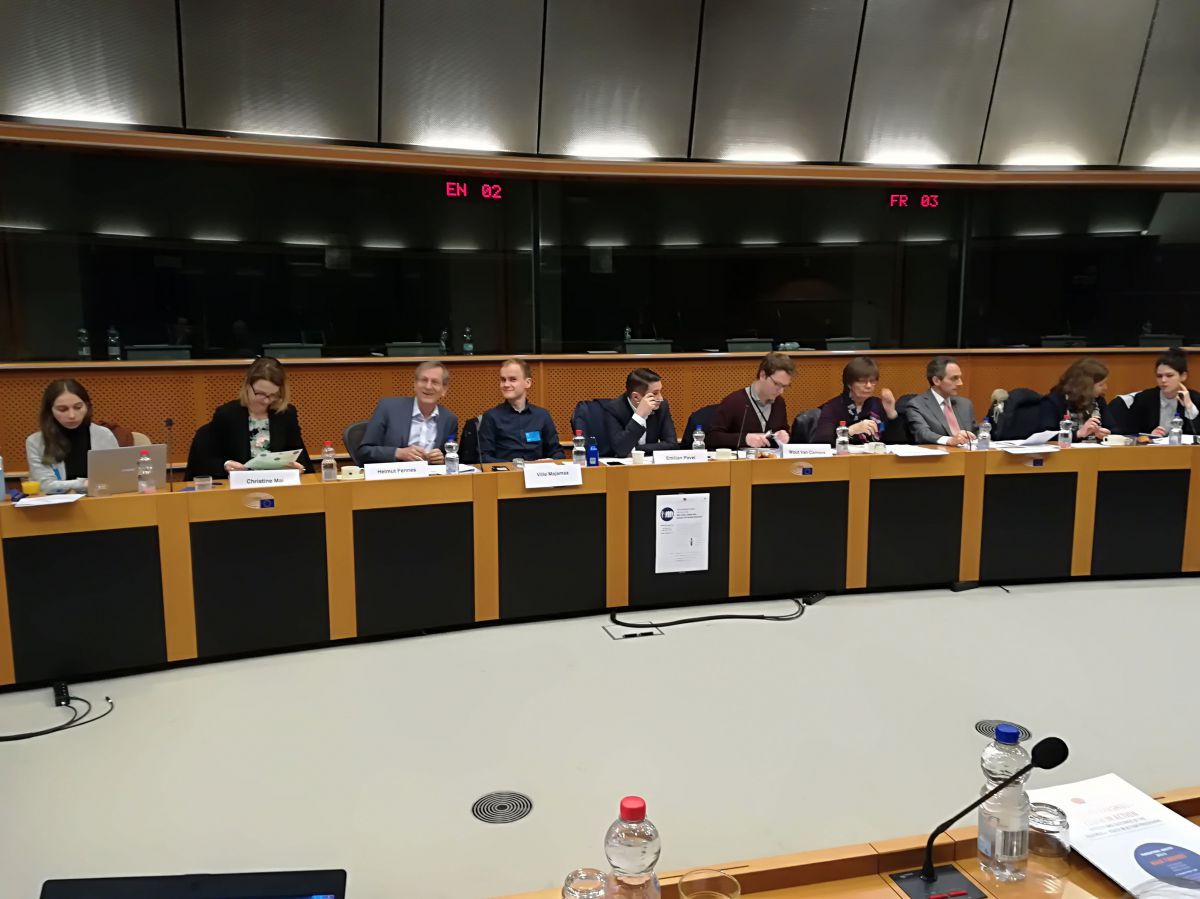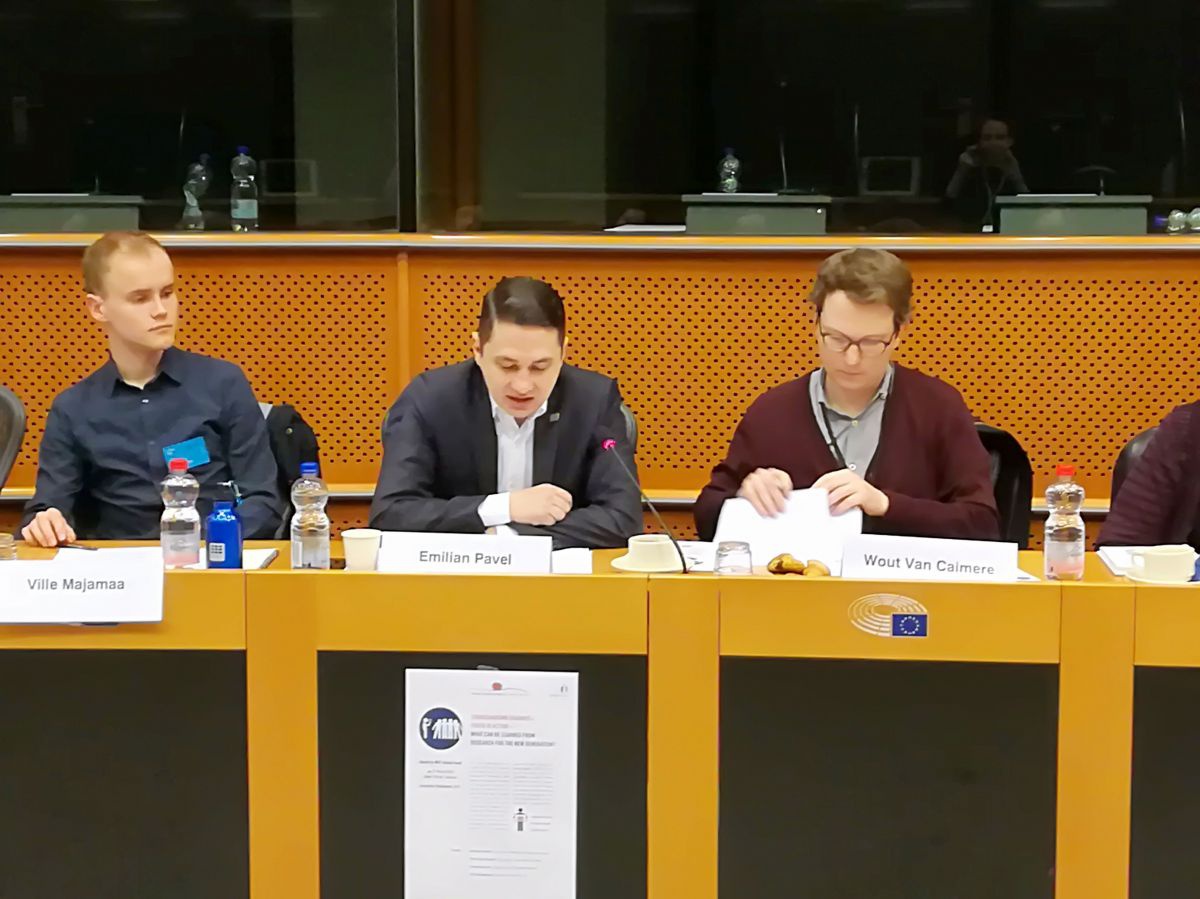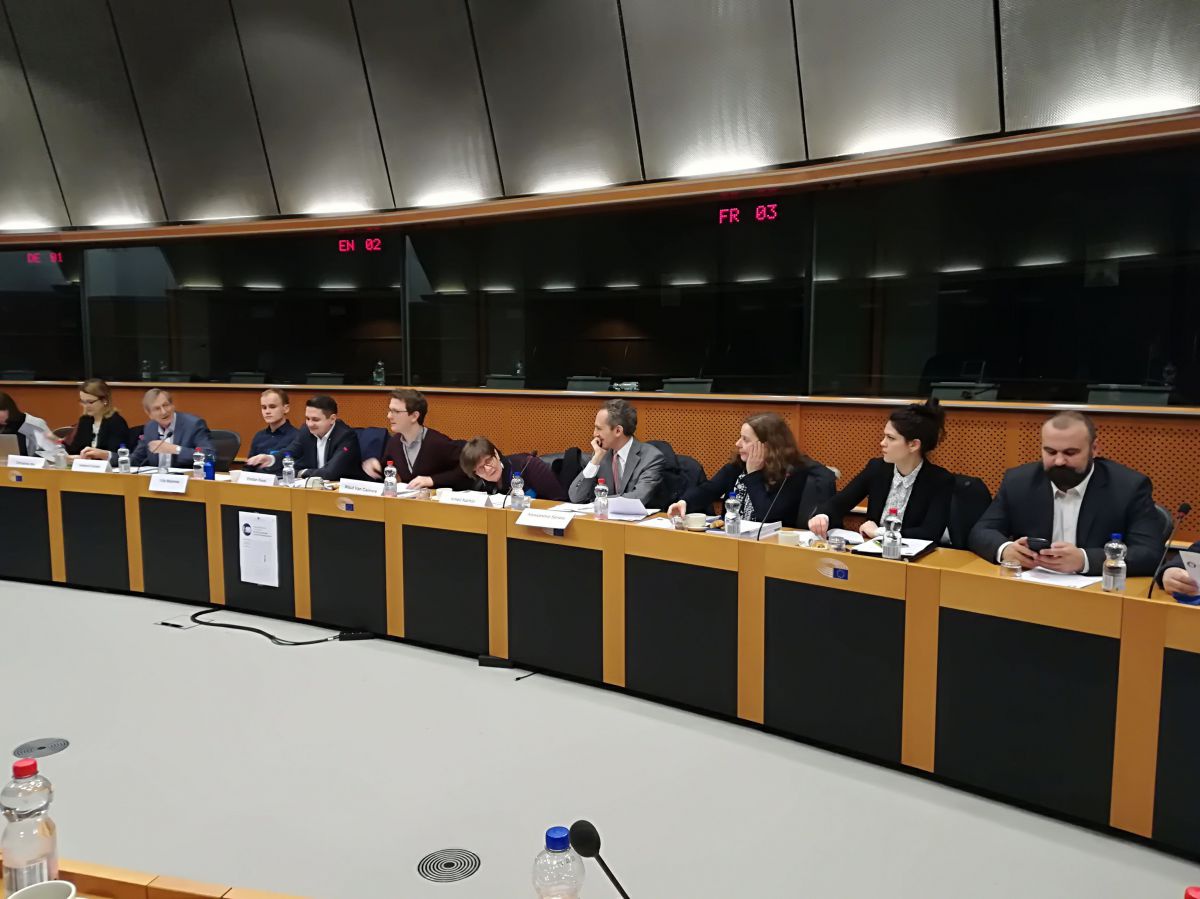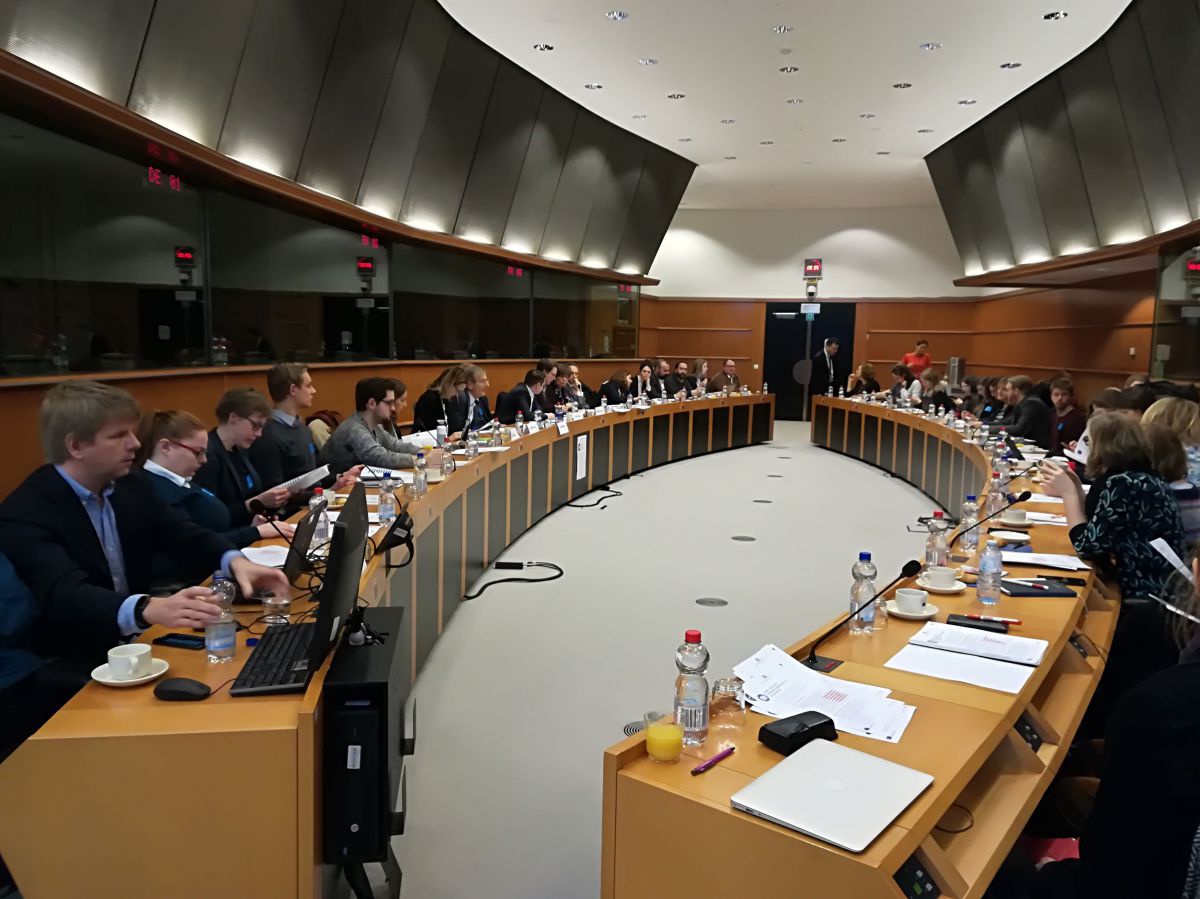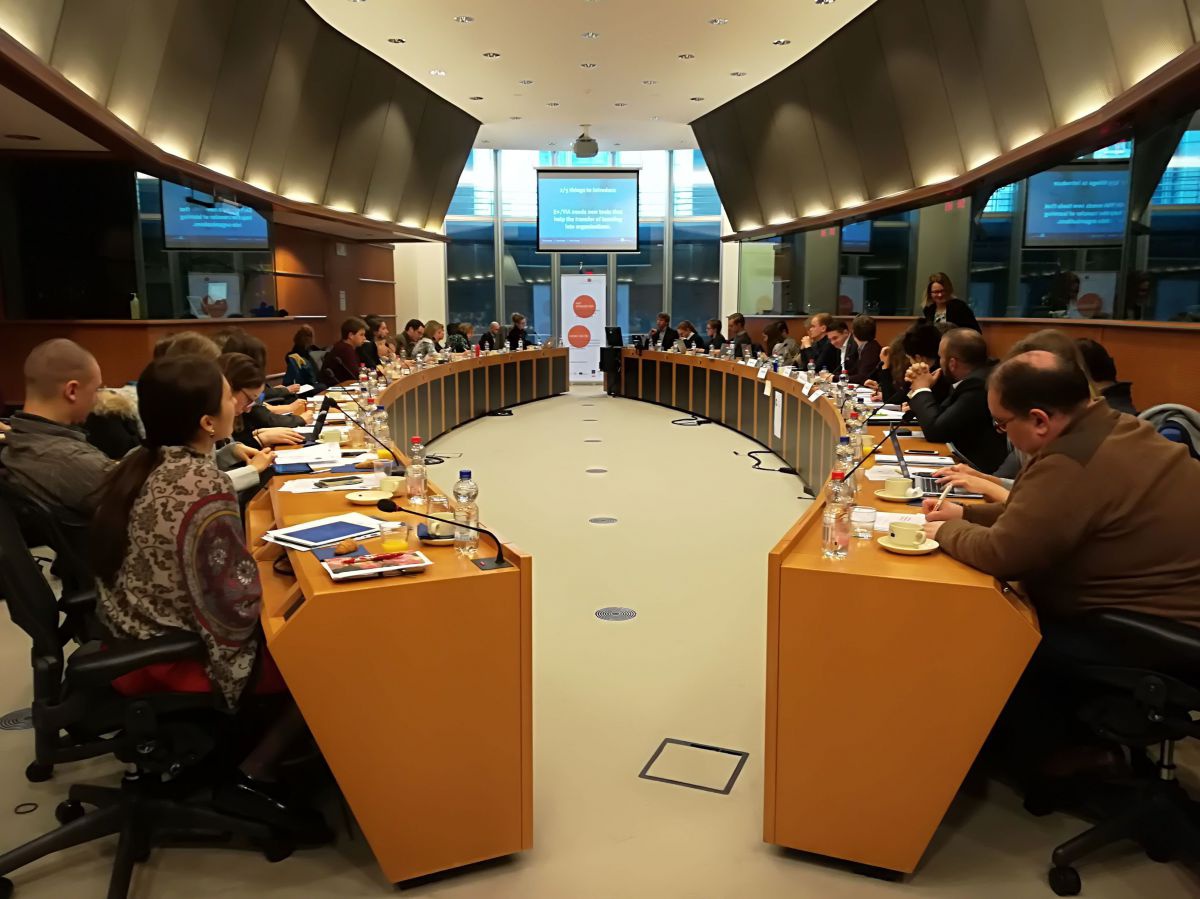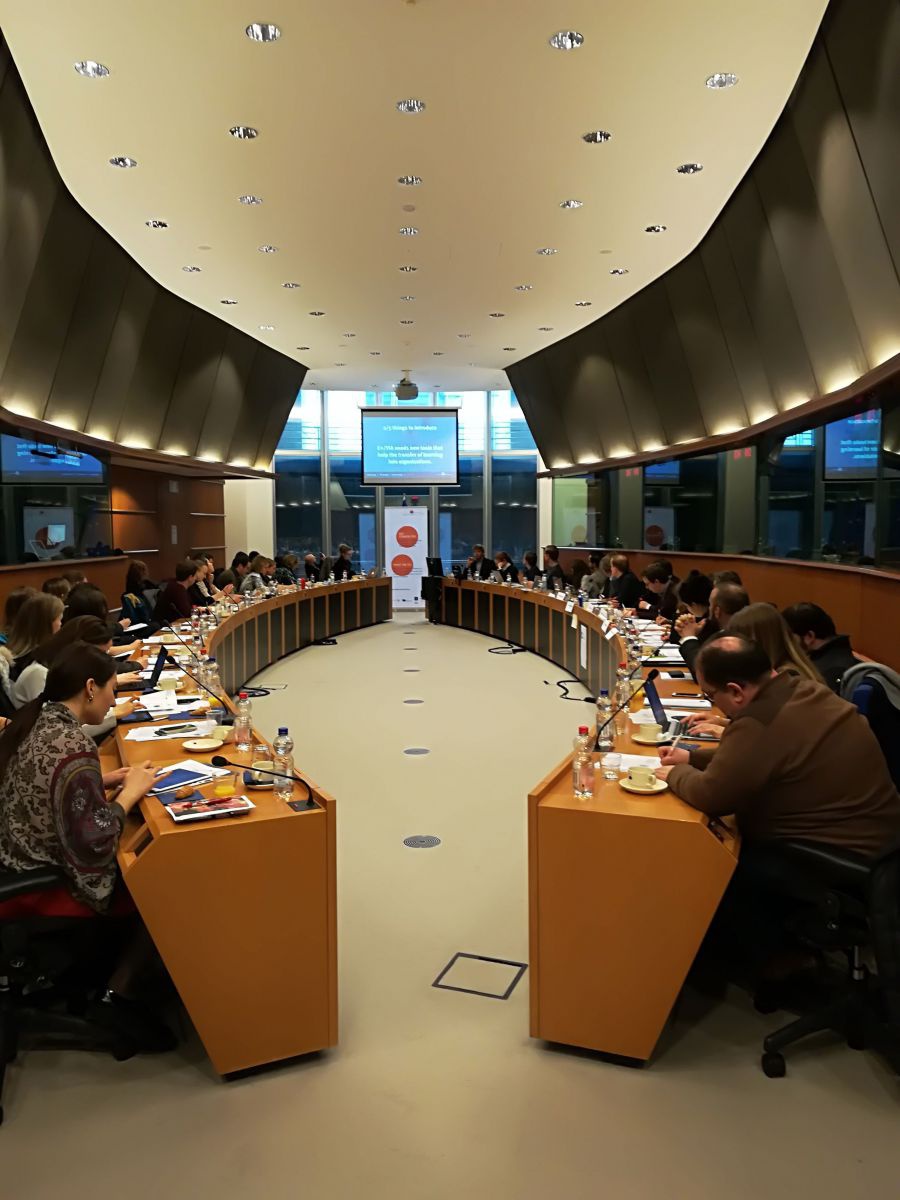Policy Event – Turbocharging Erasmus+ Youth in Action
What can be learned from research for the next generation?
Together with the Intergroup on Youth of the European Parliament, RAY coordination held a policy event – Turbocharging Erasmus+ Youth in Action – WHAT CAN BE LEARNED FROM RESEARCH FOR THE NEXT GENERATION – in the European Parliament, Brussels on 27 March 2018.
On Tuesday 27 March 2018, the RAY Network had the chance to present main findings from its research at the European Parliament. A group of 50 representatives and experts from the European youth field followed the invitation to the Policy Event “Turbocharging Erasmus+: Youth in Action: what can be learned from research?”, which was hosted by MEP Emilian Pavel and moderated by Wout Van Calmere, Coordinator of the European Parliament Youth Intergroup. Additionally, Christine Mai, Communication Advisor in the Cabinet of European Commissioner Tibor Navracsics; Irmeli Karhio, Chairperson of the RAY Network; Alessandro Senesi, Deputy Head of Unit at European Commission’s Directorate-General for Education, Youth, Sport and Culture; Ville Majamaa, Board Member of the European Youth Forum; and Helmut Fennes, Researcher and Lecturer at the Institute of Educational Science, University of Innsbruck, joined the panel.
Andreas Karsten, a member of the transnational research and coordination team of the RAY Network, presented key findings from RAY results from the past ten years under the title ‘Turbocharging Erasmus+ Youth in Action – what can be learned from research for the new programme generation?’. The core of this was a summary of recommendations: five aspects to maintain, five aspects to improve, and five aspects to introduce into the programme:
A // FIVE ASPECTS TO MAINTAIN
- E+/YiA is intercultural learning at its best: a safe space to encounter differences with positive curiosity and explore them through constructive discourse and exchange.
- E+/YiA is the most important European powerhouse for enhancing youth work at local, regional and national level with an international dimension.
- E+/YiA is a crucial training ground for new youth leaders, youth trainers and youth workers on key aspects, such as the principles of youth work.
- E+/YiA empowers young people and youth professionals by drawing on non-formal learning as the basis for its educational approach.
- E+/YiA attracts and supports a healthy mix of novice and veteran youth professionals with a rich diversity of organisational backgrounds.
B // FIVE ASPECTS TO IMPROVE
- E+/YiA needs to get better at building a recognition that goes beyond mobility.
- E+/YiA needs to get better at training experienced youth professionals.
- E+/YiA needs to get better at developing modern tools for Youthpass.
- E+/YiA needs to get better at strengthening, and reproducing, diversity.
- E+/YiA needs to get better at organising meaningful policy dialogue.
C // FIVE ASPECTS TO INTRODUCE
- E+/YiA needs new formats to address current social and political developments.
- E+/YiA needs new tools that help the transfer of learning into organisations.
- E+/YiA needs new instruments that help organisations to grow and professionalise.
- E+/YiA needs new ideas to address the gap between digitalisation and youth work.
- E+/YiA needs new approaches to the recognition of youth sector professionals:
For more detailed information, please download the presentation (pdf, 860 KB) as well as the full text of the contents summary of the keynote (5 aspects to…) (pdf, 650 KB)
After, the presentation, the panel and the audience were given the chance to react on the presented findings and were asked, which one of the presented 15 aspects of the RAY results is resonating most with you and why. The reactions were manifold and reached from “need for more diversity among applicants”, “highlight inclusion aspect”, “need for eveidence based youth policy” to “strenghten the structured dialogue” and questions concerning the budget of the forthcoming EU Youth Programme.
Please download the full report of the event (pdf, 611 KB)
